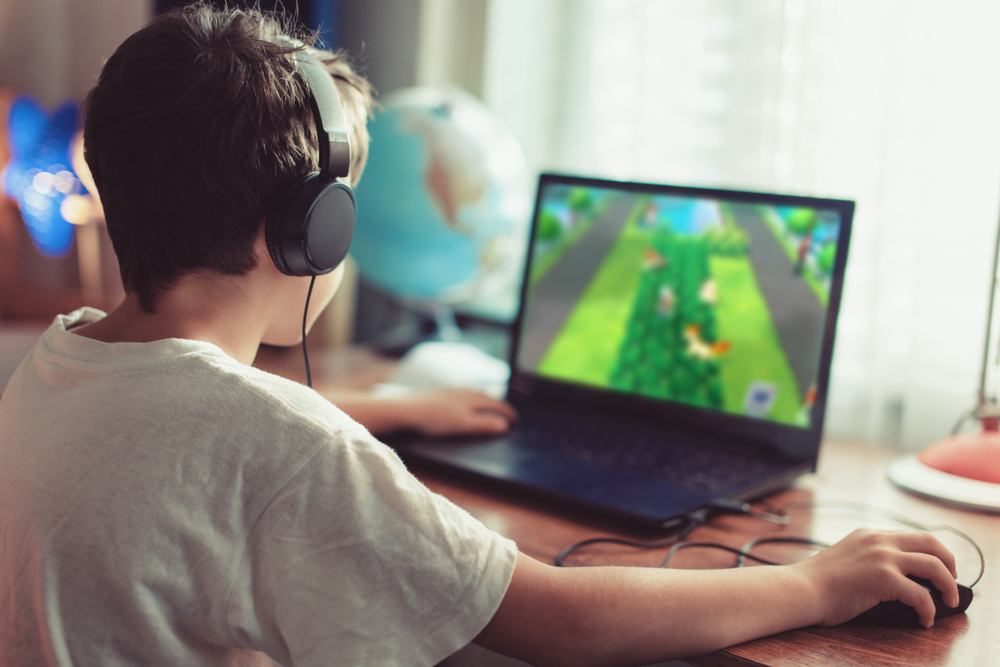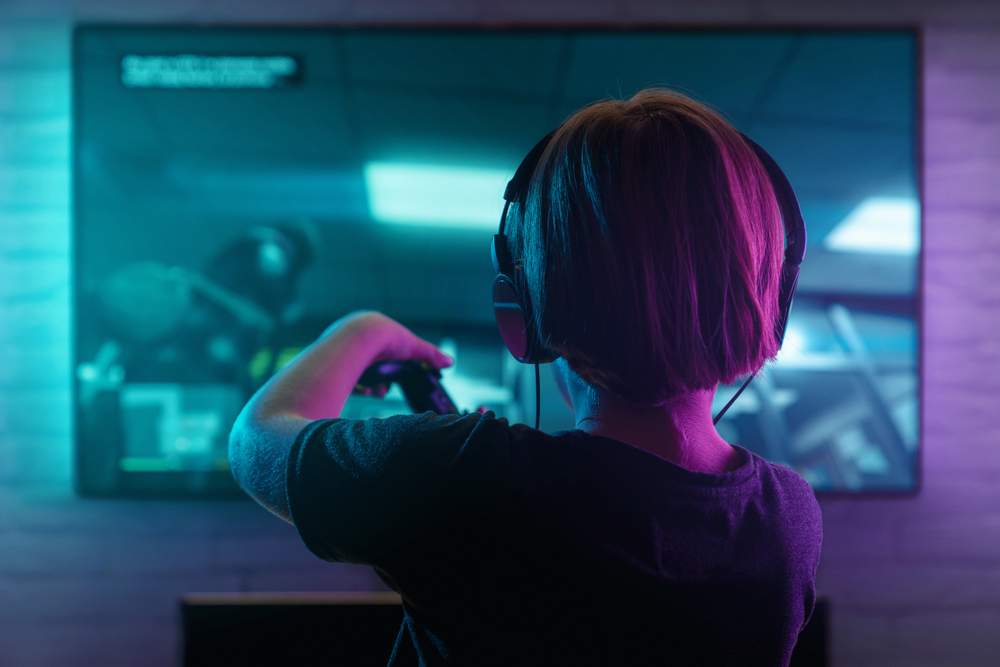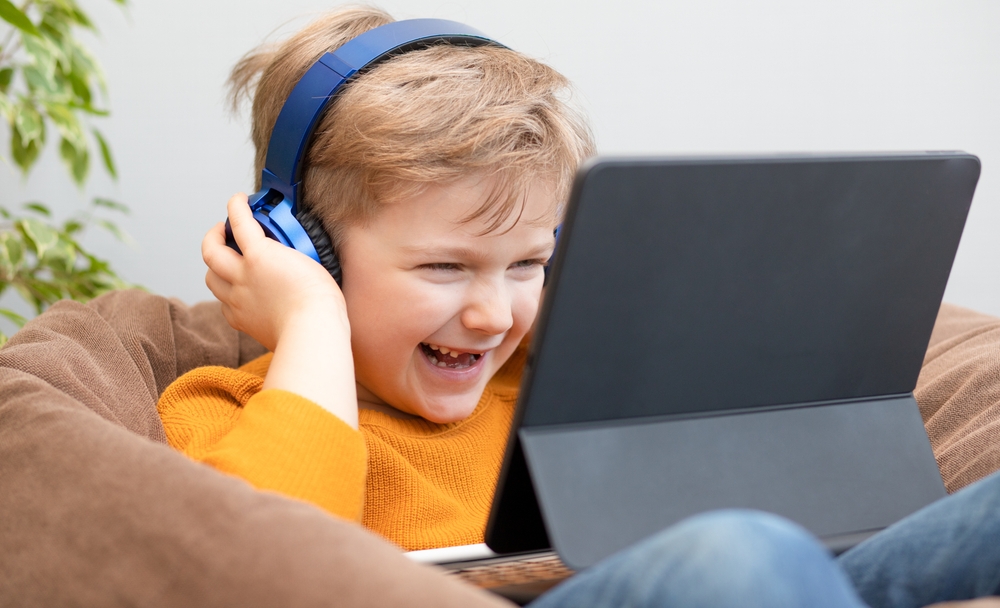As technology continues to weave its way into classrooms across the world, teachers must learn how to effectively use it for the benefit of their students. Recent research has demonstrated how profoundly technology can improve students’ academic performance. Not only are educational institutions using digital whiteboards, flipped classrooms, and Chromebooks- which are replacing textbooks – but also how teachers can be at the forefront of leading this technological revolution by introducing innovative ways in how they use technology while teaching children.
For example, teachers may establish an online blog or conversation forum dedicated to a particular subject. And there are many other ideas such as having a library full of augmented and virtual reality programs or writing computer codes or playing educational games – all these 10 ideas to use technology in education are truly transforming how learning takes place.

1 – Don’t Ban Content
YouTube is a powerful tool for students and presents an abundant ocean of content for them to explore, but it also requires responsible use to ensure safety. With parental control features offered by platforms such as YouTube, parents, and guardians can help their children get the most out of this wonderful resource while also monitoring the type of content they are exposed to. Teaching kids how to use technology responsibly is key in order to realize its potential and turn it into a proper learning tool. Reducing obstacles such as blocking access to YouTube in schools is a great way to open up possibilities that can promote creativity and critical thinking among students.
2 – Make Time For Podcasts
Podcasts are proving to be an effective solution in this area. Using podcasts for all your academic lessons can aid you with the teaching process in the long run. Motivational podcasts, online learning platforms, interviews, and online courses are some of the best ways to engage your students, especially when they have demonstrated good engagement with such materials. Some examples of how to use podcasts in our classroom include basic research on an academic topic; lectures from other educators; or podcast blogs of students’ own recordings.
3 – Allow Rest
It is possible to raise the progress of students not only through pressure but also with the help of a “carrot”. For example, during breaks, you can let them play on the console. It is not only a game console, but also a learning tool, as you can surf the web on it, but this requires a tool for security. The easiest and fastest way to stay safe is to use the best VPN for PS4. With it, you can get access to any content. VeePN has been on the market for a long time and offers maximum bandwidth, does not store logs, and securely encrypted traffic. The console can be an effective tool to encourage students.
4 – Use Virtual Manipulatives
Know a fun and effective way how to use technology for children? These are virtual manipulatives. They provide a 3D look for students to interact with the data in their classroom and can be used to break down complex problems into smaller pieces. Virtual manipulatives can be equipped with visuals, activities, and challenges that stimulate students’ engagement and assist them in forming connections better than non-digital approaches. Through the incorporation of these virtual tools, classrooms no longer need traditional manipulatives like blocks and base ten cards as they offer more benefits when compared with how effective they are.

5 – Class Schedules Online
Staying organized is key when teaching a class, and keeping your class schedule online is a great way to help with that! Google Calendar makes it easy to create and share a calendar of classes, providing your students with detailed information on class duration and any important dates they need to keep in mind. All you have to do is email them the hyperlink – it’s as simple as that!
6 – Gamification
Learning by playing is a fun and effective way to help students understand complex concepts, no matter the subject. For example, in computer lab classes, typing games can be very beneficial in helping students learn typography quickly and accurately. It makes them so actively engaged with the subject that they can’t help but enjoy it! When learning by playing is used in pairs or groups, it also encourages teamwork and collaboration among students which can prove to be useful for their growth in their future careers. Whether it’s typing or any other concept, making learning into a game can set the foundation for further understanding.
7 – Social Media
Education technology is becoming increasingly popular, and social media plays an instrumental role in this. Teachers can take advantage of social media in the classroom by creating a unique hashtag to encourage students to send their questions, doubts, and assignments directly. With this approach, teachers can openly answer student queries without them feeling embarrassed or scared to ask. Additionally, it provides a visual representation on the screen for all students to track, interact and engage with their course material more effectively. Do not be afraid if some students who study remotely have difficulty downloading media. They just need VPN apps. Ideally, this should be a time-tested no lag VPN. Visit this link to see if VeePN meets your expectations. By implementing technology in education through the platform of social media, educators will reap the rewards of enhanced learning experiences for the entire class.

8 – Videos For Teaching
Technologies for education, like Hippo Video and Gdrive, Google Classroom, or YouTube, help students comprehend key concepts faster and for a longer duration. Watching videos engages visual learners by making the content easier to understand at their own pace. Additionally, the technologies provide an interactive platform for teachers to establish a deeper connection with their students. Using technologies such as these not only helps you record digital whiteboard explainers and classroom activities but also allows you to share them immediately with your student’s followers.
9 – Learning Management Systems
With tech-savvy students, today, having the help of a tracking and feedback app can be an incredibly useful tool when it comes to monitoring achievements, behavior, and progress. Not only do the best apps allow students to organize and keep track of their own accomplishments in a convenient and timely manner – they also provide some fun too! An added bonus for any conscientious parent is that with these apps, you can check in daily for updates on your child’s progress, providing yet another great way to stay involved and knowledgeable about all of your kid’s successes. School LMS is a very useful tool for all students.
10 – Blogging
Many teachers have tried traditional journals but find that the format can be restrictive and lead to mundane writing. Allowing students to create free individual or classroom blogs, it would make reflecting, journaling, storytelling, and informing not just fun, but meaningful. Blogging offers students an avenue to express their ideas to an audience beyond just their teacher or peers in the classroom. Additionally, they can receive feedback from a variety of people which allows them to shape their opinions differently than if they are simply writing for themselves. It’s an exciting way for students to share what they are learning in the classroom and can make writing more engaging for them.
Final Words
Technology has become an integral part of education and is increasingly being used in classrooms across the world. From video-conferencing to e-learning platforms, there are many technologies available today that can be used to enhance the traditional learning processes for children. With these modern tools, teachers can create a more engaging learning experience for their students and facilitate cross-cultural communication.


13 March 2023
Thanks for that my dear fellas!